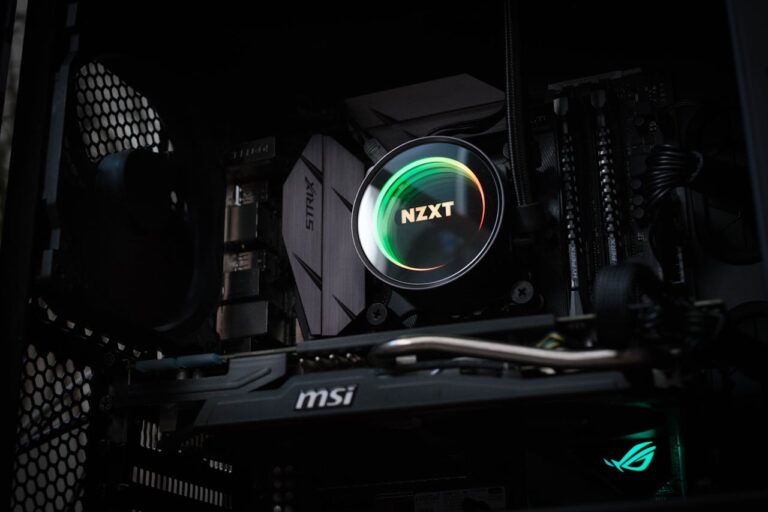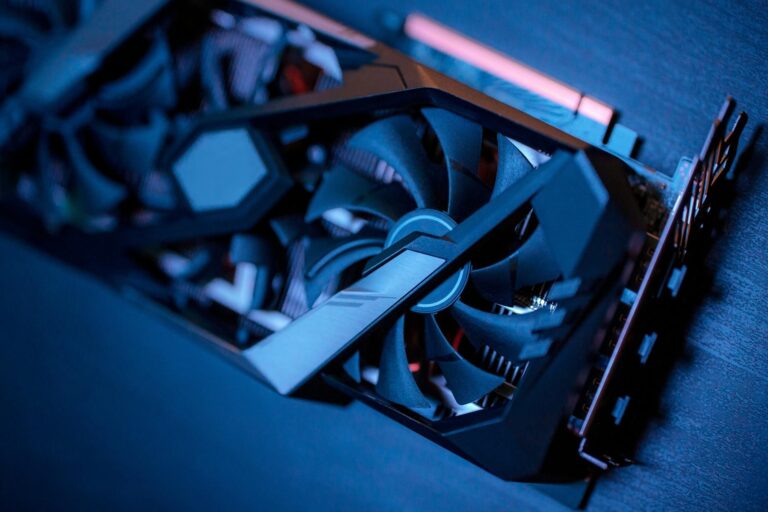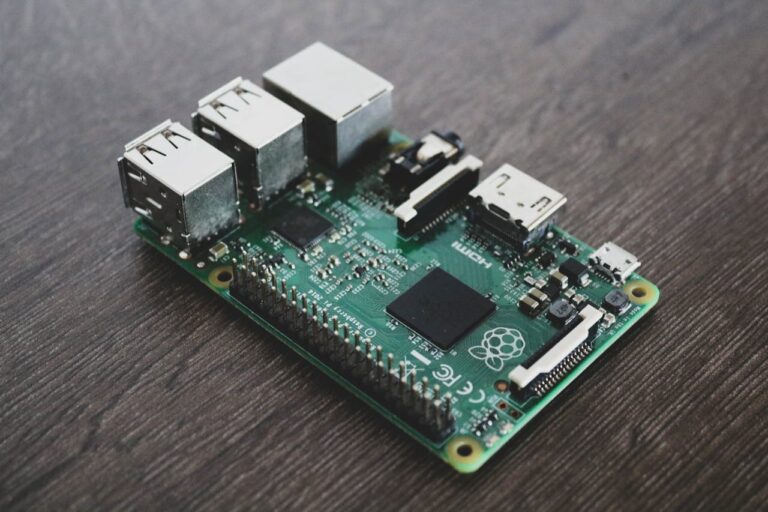Key Takeaways...
- Simply deleting data doesn’t permanently remove it—physical hard drive destruction is the safest solution.
- Professional methods include degaussing, shredding, or certified data wiping.
- Hard drive destruction services protect your data, meet legal obligations, and reduce risk.
- RePCB offers fully compliant, nationwide solutions for secure disposal of hard drives and other IT waste.
When disposing of outdated IT equipment or decommissioning servers, one of the most important steps is ensuring data cannot be recovered. That means securely destroying the hard drive. Simply deleting files or formatting a drive isn’t enough—data can often still be retrieved with basic recovery software.
In this guide, we’ll explain how to properly and securely destroy a hard drive, the methods used by professionals, and why proper hard drive destruction is essential for data protection and regulatory compliance.
Why Hard Drive Destruction Matters
Every hard drive contains sensitive data—whether it’s employee information, financial records, intellectual property, or customer details. If that data falls into the wrong hands, the consequences can be severe:
- Data breaches and identity theft
- Legal liabilities and GDPR fines
- Loss of customer trust
That’s why hard drive destruction is a non-negotiable step in IT asset disposal.
At RePCB, we provide a fully certified hard drive destruction service across the UK for businesses of all sizes. We help organisations meet security requirements and environmental standards during IT hardware disposal.
4 Secure Methods to Destroy a Hard Drive
There are several methods to destroy a hard drive depending on security needs, quantity, and environmental goals:
1. Degaussing
Degaussing uses a powerful electromagnetic field to disrupt the magnetic domains on a hard drive platter. This effectively renders the drive unreadable, but also destroys the electronics, making the drive inoperable. It’s fast but leaves the drive physically intact.
2. Data Wiping (Software-Based)
This method uses specialist software to overwrite data multiple times. It meets some compliance standards (like DoD 5220.22-M), but isn’t foolproof. Data wiping is better for reuse scenarios rather than guaranteed destruction.
3. Mechanical Shredding
One of the most secure methods. Industrial shredders physically grind the drive into small fragments, making data recovery impossible. This is RePCB’s primary method for hard drive destruction.
4. Drilling or Crushing
Destroying the platters by drilling holes or crushing with a hydraulic press can work for low volumes. However, this is not recommended for large quantities or formal data destruction standards.
Regulatory Requirements for Hard Drive Disposal
Under the UK GDPR and Data Protection Act 2018, organisations must take reasonable steps to ensure the safe destruction of personal and sensitive data.
Failure to do so could result in fines, investigations, and reputational damage. Our secure hard drive disposal service is fully compliant with:
- WEEE Directive
- GDPR
- ISO 27001 & 14001 standards (via certified recycling partners).



